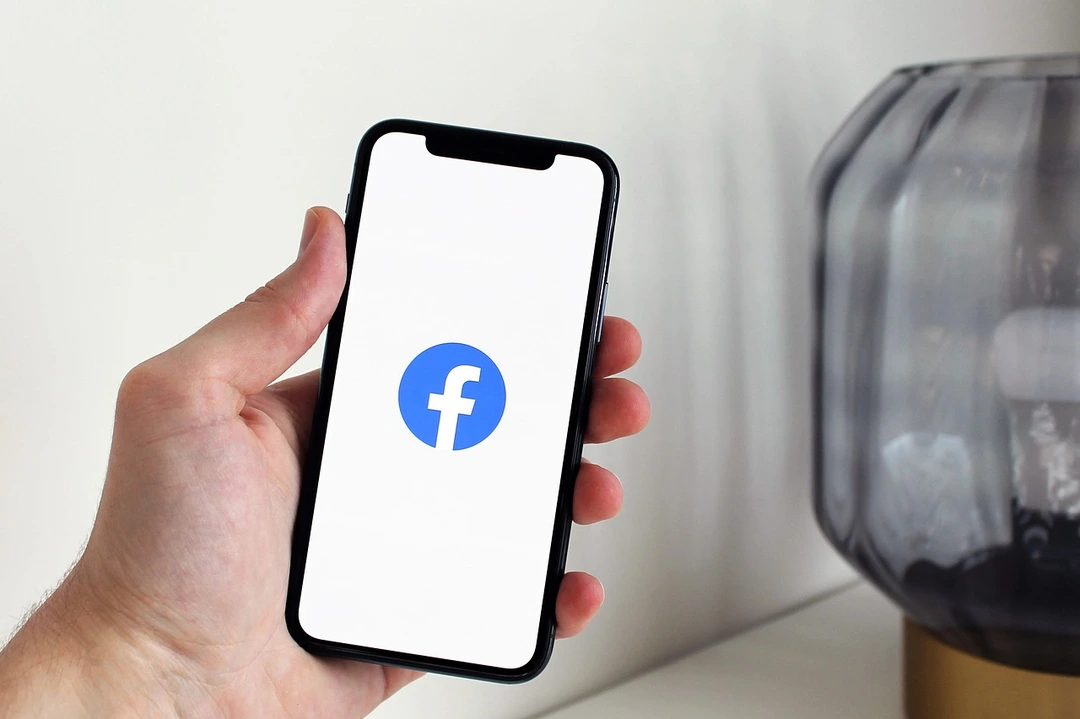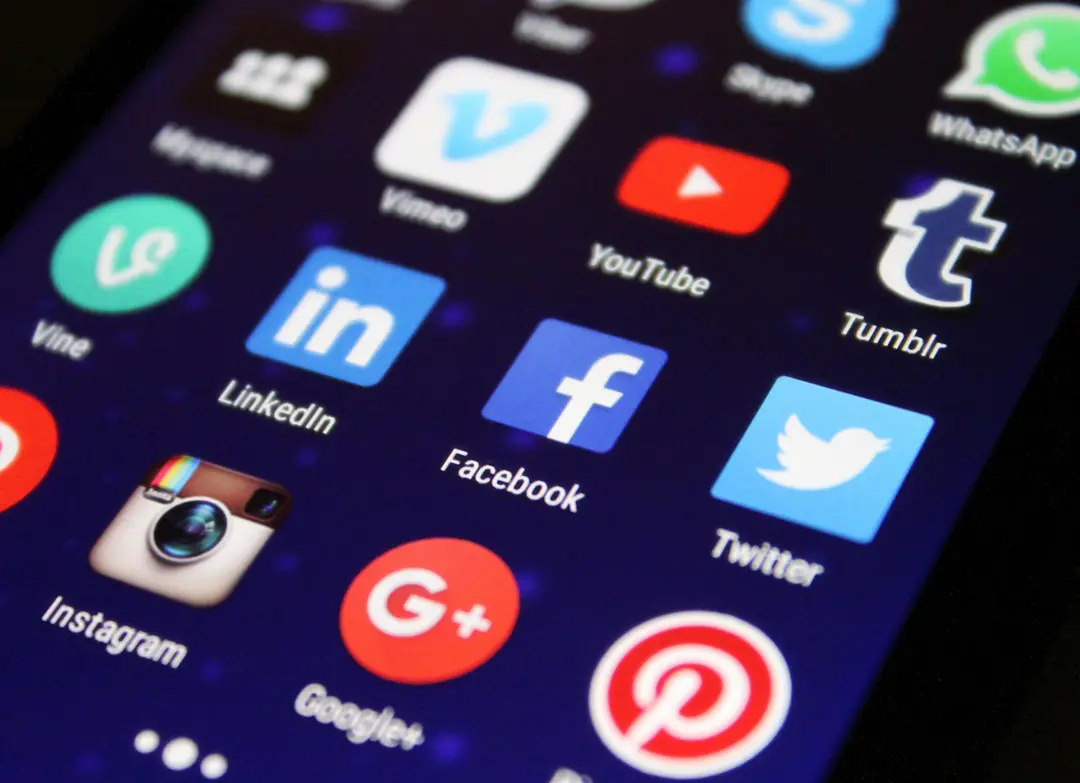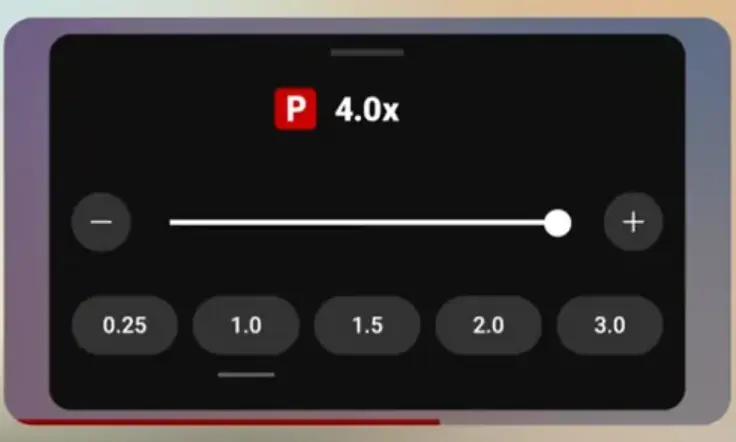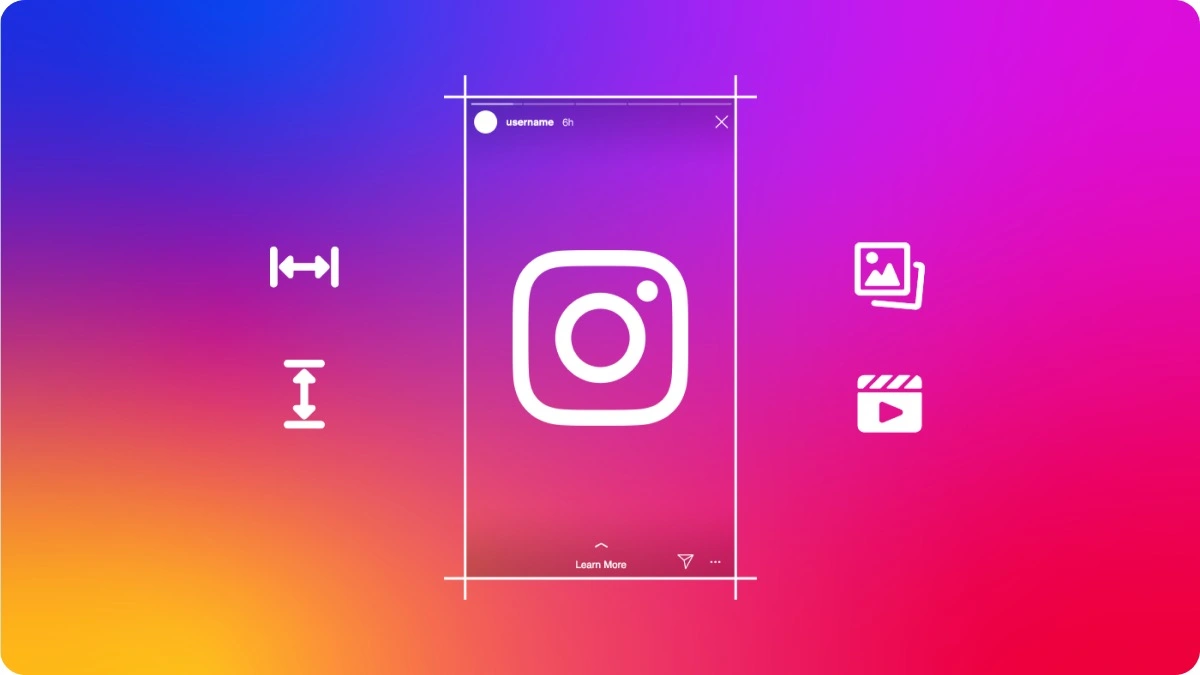The year 2016 marked a transformative period for social media, as platforms evolved, new features emerged, and user behaviors shifted significantly. With billions of active users worldwide, social media continued to dominate digital landscapes, influencing communication, entertainment, and business strategies. As we reflect on social media’s impact during this pivotal year, several key trends and developments stand out.
Growth in Social Media Usage
In 2016, social media cemented its position as a central part of daily life for people across the globe. Platforms like Facebook, Instagram, Twitter, Snapchat, and LinkedIn saw growth in user numbers and engagement levels. According to reports, nearly two-thirds of American adults used social media regularly, showcasing its widespread adoption across demographics.
Interestingly, the demographic breakdown highlighted the universal appeal of social media. Younger users dominated platforms like Snapchat and Instagram, while older generations embraced Facebook and LinkedIn for staying connected and networking professionally. The accessibility and mobile-friendly nature of social media platforms contributed to their universal reach.
Rise of Visual Content: Photos and Videos Take Center Stage
One of the most defining trends of 2016 was the rise of visual content on social media. Platforms like Instagram and Snapchat capitalized on the growing preference for images and videos over text-based posts. Snapchat’s Stories feature gained massive traction, allowing users to share fleeting moments in creative and engaging ways. The ephemeral nature of content resonated with younger audiences, encouraging spontaneous and authentic sharing.
Facebook and Twitter also leaned heavily into video content. Facebook Live became a popular tool for real-time broadcasting, allowing users and brands to connect with audiences in innovative ways. Twitter integrated live-streaming through Periscope, creating opportunities for interactive storytelling. The emphasis on visual content reflected the shift in user behavior and the desire for immersive experiences.
The Battle for Engagement: Algorithms and Personalization
With the vast amount of content shared daily, social media platforms adjusted their algorithms to prioritize relevance and engagement. Facebook refined its News Feed algorithm to show users posts most likely to capture their attention, while Instagram followed suit with a similar approach. This shift toward curated feeds marked the end of chronological timelines and the beginning of algorithm-driven user experiences.
Personalization became a cornerstone of social media strategies. Platforms leveraged data to deliver targeted content and ads, tailoring experiences to individual preferences. While this approach improved engagement, it also raised concerns about privacy and the creation of filter bubbles, where users were exposed only to content reinforcing their existing beliefs.
The Rise of Snapchat and Instagram Stories
Snapchat’s popularity soared in 2016, thanks to its focus on ephemeral content, filters, and Stories. The platform’s unique features captured the attention of younger users, making it a favorite among Millennials and Gen Z. Snapchat Stories allowed users to share moments that disappeared after 24 hours, creating a sense of urgency and exclusivity.
Instagram responded to Snapchat’s success by introducing its own Stories feature, a direct competitor to Snapchat Stories. The addition of Instagram Stories brought new energy to the platform and quickly gained adoption among users and brands. This battle for dominance highlighted the competitive nature of the social media landscape and the importance of innovation.
The Role of Social Media in Politics
In 2016, social media played an unprecedented role in shaping political narratives. The U.S. presidential election saw candidates and campaigns harnessing platforms like Twitter, Facebook, and YouTube to engage voters, share messages, and counter opponents. Social media became a tool for rallying supporters, spreading information, and influencing public opinion.
However, the election also exposed the darker side of social media, including the spread of misinformation and echo chambers that polarized audiences. Fake news articles and biased content proliferated, raising questions about the ethical responsibilities of social media platforms in monitoring content.
Social Media as a Business Tool
Brands continued to invest heavily in social media marketing in 2016, recognizing its potential for driving engagement, sales, and brand loyalty. Social media ads became more sophisticated, with targeted campaigns ensuring businesses reached specific demographics. Platforms like Facebook and Instagram introduced new ad formats, including carousel ads and video ads, to cater to evolving consumer preferences.
Influencer marketing gained traction, as brands collaborated with social media influencers to promote products authentically. The power of user-generated content and peer recommendations proved effective in building trust and driving conversions.
Messaging Apps on the Rise
While traditional social media platforms dominated the headlines, messaging apps like WhatsApp, Messenger, and WeChat quietly gained momentum. These apps expanded beyond simple texting, offering features like voice calls, video chats, and integration with businesses for customer service. The rise of messaging apps highlighted the growing importance of private and direct communication in the digital age.
Challenges and Concerns
Despite its advancements, social media faced several challenges in 2016. Privacy concerns remained a significant issue, as platforms collected vast amounts of user data to personalize content and ads. Cyberbullying and harassment continued to be prevalent, prompting discussions about online behavior and moderation.
Additionally, the addictive nature of social media raised concerns about its impact on mental health, particularly among younger users. Platforms responded by introducing tools like time management features, aiming to encourage healthier usage habits.
The year 2016 was a transformative one for social media, marked by innovation, competition, and evolving user dynamics. As platforms adapted to changing behaviors, they shaped the way people communicated, consumed content, and connected with the world. The trends and developments of 2016 laid the foundation for future growth and highlighted the power of social media as a tool for influence and expression.
Reflecting on this dynamic year underscores the importance of staying adaptable in the ever-changing digital landscape. As social media continues to evolve, its ability to connect and inspire remains a defining characteristic of modern communication.
by Shannon Greenwood, Andrew Perrin and Maeve Duggan







